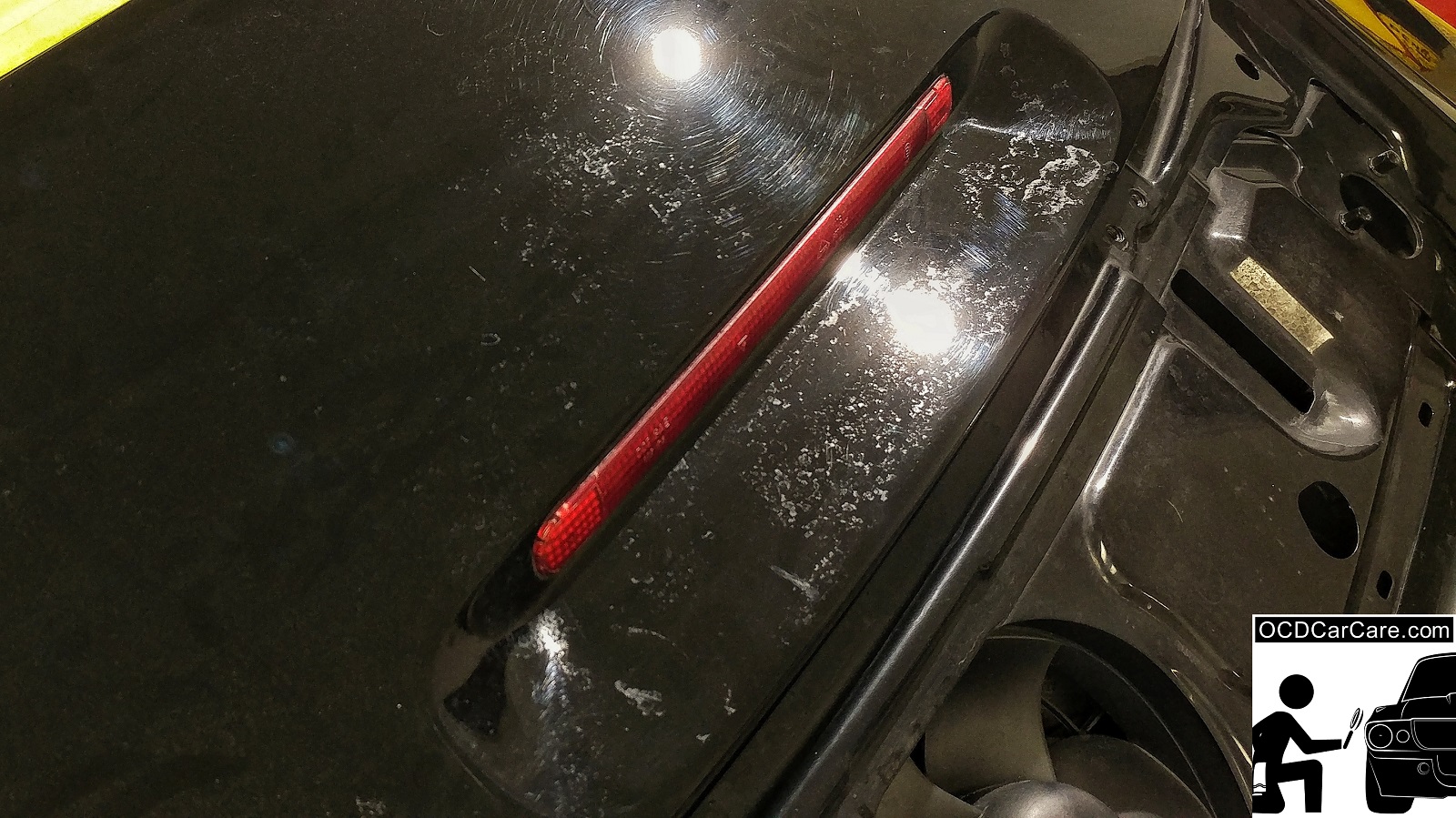Exactly How Ceramic Coating Philadelphia Guards Against UV Rays and Ecological Damages
Exactly How Ceramic Coating Philadelphia Guards Against UV Rays and Ecological Damages
Blog Article
Why Ceramic Coating Is the Ultimate Remedy for a Perfect Finish
Ceramic coating has arised as a leading solution for those seeking a flawless finish for their lorries, thanks to its exceptional durability and safety features. What aspects really established ceramic finish apart?
What Is Ceramic Finishing?

When used correctly, ceramic covering creates a hydrophobic surface area that repels water and dirt, making it easier to maintain and clean up. Unlike traditional waxes or sealers, which usually use short-term defense, ceramic finishings can last for several years, depending upon the product high quality and application technique. The process of applying ceramic coating needs thorough preparation, consisting of extensive cleaning and sometimes paint modification, to make certain optimum bonding and effectiveness.
Ceramic coverings are not limited to automobile surface areas; they can likewise be used on various products, including glass, steel, and plastics, providing a functional service for boosting defense. On the whole, ceramic coating stands for a substantial innovation in surface defense technology, combining both useful and aesthetic advantages for a vast array of applications.
Advantages of Ceramic Coating
While many surface area security choices exist, the benefits of ceramic covering stand out due to its unique residential properties and long-lasting performance. Among the primary benefits is its remarkable resilience. Ceramic Coating Philadelphia. Unlike standard wax or sealants that need constant reapplication, ceramic coverings offer a resilient layer that can last for several years, substantially lowering upkeep initiatives
Another significant benefit is enhanced security versus environmental impurities. Ceramic coverings create a hydrophobic surface area that pushes back water, dirt, and different contaminants, making it simpler to clean up. This attribute not just preserves the lorry's appearance but additionally decreases the risk of corrosion and oxidation, specifically in extreme weather.
Additionally, ceramic layers use remarkable resistance to UV rays, preventing fading and degradation of paint in time. This UV security is crucial for preserving the aesthetic value of surfaces and automobiles revealed to guide sunlight.
Furthermore, the shiny surface accomplished with ceramic finishing improves the total aesthetic appeal, giving surfaces a showroom-quality shine. On the whole, ceramic coatings represent a significant advancement in surface security technology, supplying enduring advantages that satisfy both visual and practical requirements.
How It Works
Recognizing the science behind ceramic layers reveals how they provide such impressive defense and long life. At its core, a ceramic layer is a liquid polymer that chemically bonds with the lorry's factory paint. This bonding develops a safety layer that is both oleophobic and hydrophobic, repelling water, dirt, and oil. The primary part of most ceramic coatings is silicon dioxide (SiO2), which is stemmed from quartz. This compound adds to the coating's solidity and resistance to scratches, UV rays, and ecological contaminants.
The application process includes numerous actions, consisting of surface area prep work, which is essential to achieving optimum bond. As soon as applied, the layer undergoes a curing procedure, during which it solidifies and creates a semi-permanent bond with the paint surface. This bond is what identifies ceramic finishings from standard waxes and sealers, providing a longer-lasting protective obstacle that can endure for many years.
Furthermore, the thickness of the finish can improve its protective high qualities, making certain that it can hold up against rough conditions. Eventually, the science of ceramic finishes combines sophisticated products with cutting-edge application techniques to supply an unrivaled degree of protection and visual enhancement for vehicles.
Contrast With Conventional Techniques
When compared to traditional paint defense approaches such as waxes my latest blog post and sealers,The benefits of ceramic finishes come to be particularly obvious. While waxes offer a momentary sparkle, usually lasting a few weeks to a number of months, ceramic finishings supply a long-lasting protective layer that can endure for visit our website numerous years. This longevity considerably lowers the frequency of reapplication, making ceramic layers a more cost-efficient option in time.
Furthermore, traditional approaches commonly call for comprehensive preparation and numerous applications to attain a sufficient degree of defense. In contrast, ceramic coatings bond at a molecular degree with the automobile's surface area, developing a robust guard against environmental impurities like UV rays, acid rainfall, and roadway salts. This bond enhances the lorry's resistance to scrapes and swirl marks, which are common with conventional waxes and sealants.
Moreover, the hydrophobic residential or commercial properties of ceramic finishings drive away water and dirt, causing easier cleaning and maintenance. In comparison, wax and sealant-treated surfaces can bring in gunk, demanding even more constant washing - Ceramic Coating Philadelphia. On the whole, ceramic coverings not only supply superior protection however also provide a more aesthetically appealing and enduring coating, developing them as the recommended choice for critical lorry proprietors
Application and Maintenance Tips

Making use of a pop over to these guys foam applicator, apply the finish in little sections, adhering to the manufacturer's guidelines pertaining to thickness and overlap. Allow enough curing time in between coats, typically 24 hours, to make sure correct bonding. After application, it is vital to prevent exposure to water or harsh elements for at the very least a week to permit the layer to completely cure.
For upkeep, wash the car consistently with pH-balanced soaps and stay clear of abrasive materials. Touchless automobile laundries are suggested to reduce scratching. In addition, using a ceramic maintenance spray can improve the finish's hydrophobic homes and long life. Regular inspections for any type of indications of wear will help keep the layer's stability and preserve that beautiful coating.
Final Thought
In verdict, ceramic finishing emerges as a remarkable choice for attaining a perfect vehicle surface. By creating a durable bond with factory paint, ceramic finishing properly shields versus scrapes, UV rays, and environmental pollutants.

Report this page